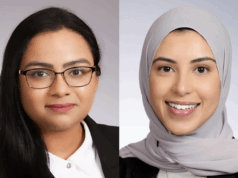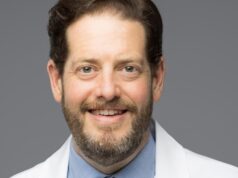
The Society of NeuroInterventional Surgery (SNIS) on 9 January has launched a 2014 national tour that will bring together physicians and medical personnel across the USA involved in stroke care to address current stroke treatment and the value of neurointerventional therapy in optimal stroke care delivery
“This is an exciting initiative for our society and our physicians,” says Philip Meyers, associate professor of Radiology and Neurological Surgery at Columbia University College of Physicians and Surgeons, director of Neuroendovascular Services at New York Presbyterian Hospitals and president of SNIS, USA. “Instead of waging the war on stroke in isolation at our individual hospitals, SNIS physicians are facilitating a national conversation on some of the most important treatment issues and challenges facing the stroke community today.”
Stroke Summit 2014: Excellence in Patient Care has been launched in Houston and is scheduled in 12 cities across the USA in the next three months, including, Dallas, Miami, Los Angeles, Phoenix and Las Vegas. The summits will host the multiple physicians and personnel considered to be part of any hospital “stroke team,” including first responders, emergency room physicians, radiologists, neurologists, neurointerventional surgeons and others. According to a press release, currently these medical professionals practice in over 1,000 primary and approximately 60 comprehensive stroke centres across the USA, all of which are certified to offer coordinated systems of care, including stroke prevention, optimal use of emergency medical services, effective acute and subacute stroke care, and rehabilitation.
The stroke summit initiative is anticipated to highlight the complex and nuanced factors involved in the treatment of stroke, a condition that, according to the US Centers for Disease Control (CDC), occurs every 40 seconds and leads to more than 130,000 deaths annually.
“We have made great strides in the battle against stroke through public education campaigns, advances in science that include neurointerventional techniques and the creation of specialty stroke centres with the necessary personnel, equipment and therapies to treat stroke effectively,” says Meyers. “Alongside all these initiatives, it is equally important to focus efforts inside the hospital environment where collaboration among the stroke team to execute appropriate stroke treatment can make the real difference for patients who entrust their lives to us in their time of crisis.”
Neurointerventional techniques to treat stroke have evolved over the past decade, expanding the treatment window from three hours up to eight for certain patients and providing thousands of new options for minimally invasive stroke care, it says in the press release.












